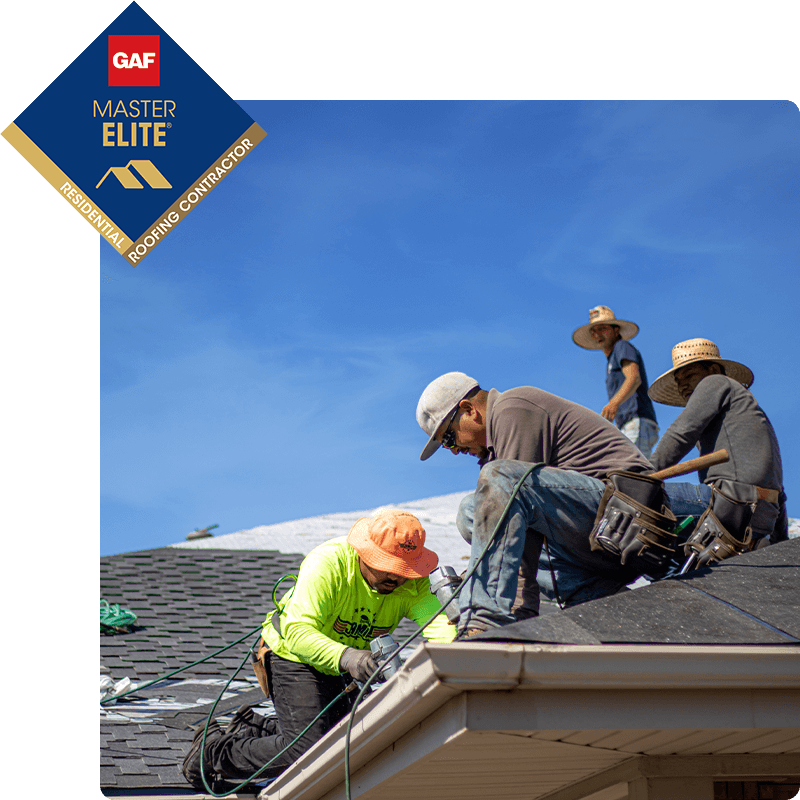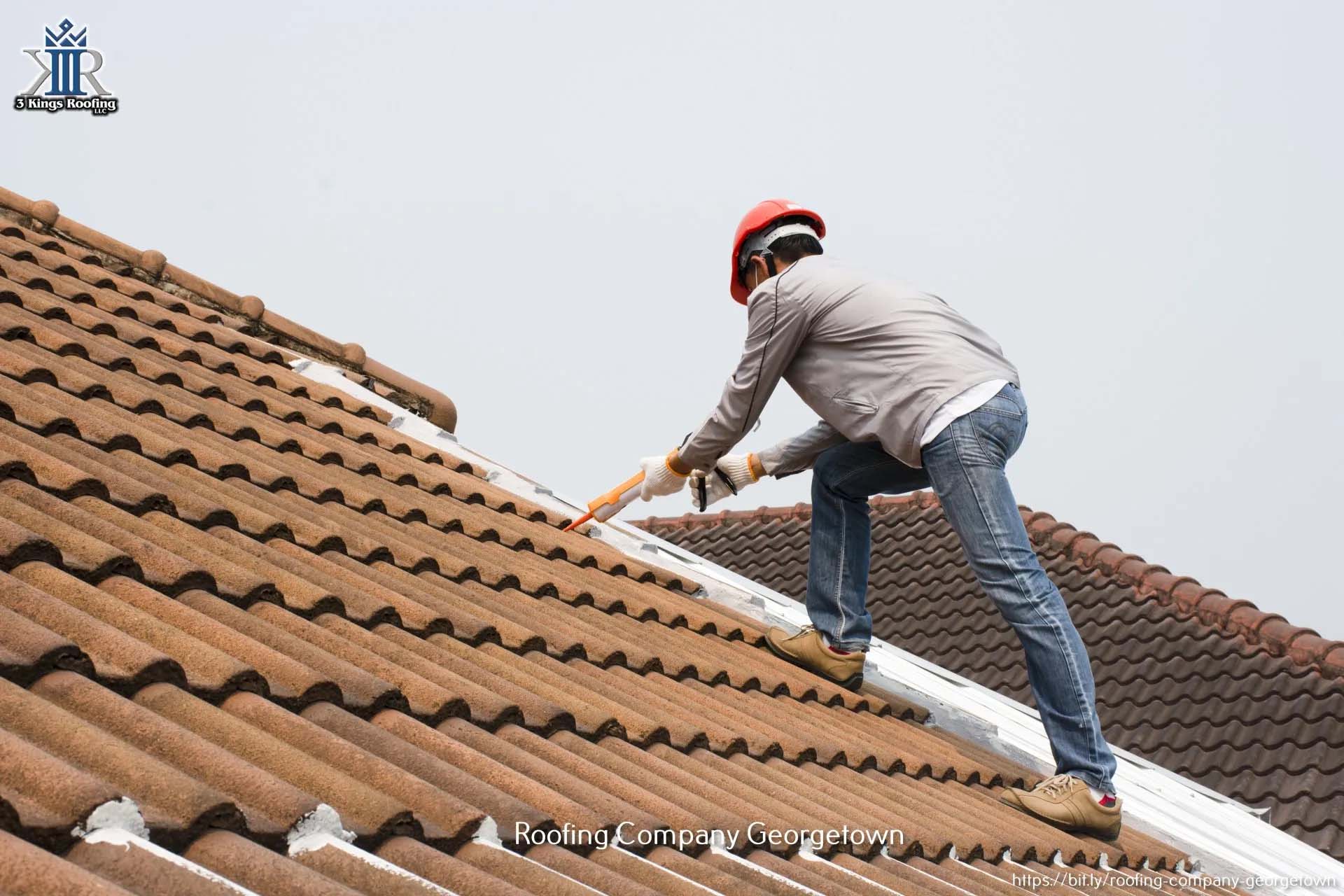A Comprehensive Guide to Effective Roof Covering Apartment Roof Covering Installment
The intricacies of level roofing system installment demand a meticulous strategy, beginning with a thorough understanding of different flat roofing types and the crucial products needed for optimal efficiency. A successful installment hinges not just on the option of materials yet also on the prep work and execution of each step entailed in the process.
Recognizing Flat Roofing Types
When considering flat roof coverings, it is vital to comprehend the numerous types readily available, as each deals distinctive advantages and drawbacks tailored to specific demands. The most common sorts of flat roofs include Built-Up Roof (BUR), Customized Asphalt, and Single-Ply membrane layers.
Built-Up Roof covering includes numerous layers of asphalt and crushed rock, giving excellent sturdiness and weather condition resistance. It is especially valuable in areas susceptible to serious weather however may require more upkeep as a result of its intricate building and construction.
Customized Bitumen is a prominent choice for its ease of installation and flexibility. It often employs a self-adhesive or torch-applied technique, which can be helpful for quick repair work and long-term efficiency. Nonetheless, its life-span can be much shorter contrasted to BUR.
Single-Ply membranes, consisting of Thermoplastic Olefin (TPO) and Ethylene Propylene Diene Monomer (EPDM), are identified for their light-weight nature and power performance. These products are typically chosen for commercial structures as a result of their cost-effectiveness and simplicity of installation (Cleveland Roofing Specialists). However, they may not provide the very same level of insulation as other choices.
Each roof covering type calls for mindful factor to consider based upon climate, budget, and particular project demands.
Important Products for Flat Roof Covering
A variety of crucial materials are crucial for the successful installment of flat roof. The choice of products directly effects resilience, efficiency, and overall efficiency.
One of the main products is the roofing membrane layer, which can be created from different materials such as thermoplastic polyolefin (TPO), ethylene propylene diene monomer (EPDM), or PVC. Each type supplies unique advantages, consisting of UV resistance and adaptability, which are important for long term performance.
Along with the membrane layer, insulation products play a significant role in power performance. Rigid foam boards or polyisocyanurate insulation are popular options, as they give excellent thermal resistance and moisture administration.
In addition, roofing adhesives and sealants are vital for making certain a watertight installation. These products should be suitable with the selected membrane layer to stop deterioration over time.
Getting Ready For Setup
Correct preparation is vital for a successful flat roof covering installment, as it lays the groundwork for a reliable and long lasting roof system. Begin by conducting a comprehensive inspection of the existing roof covering framework.
Next, collect all required tools and products, guaranteeing that they meet sector requirements. This includes water-proof membranes, insulation, blinking, and fasteners. Familiarize on your own with the manufacturer's requirements, as adherence to these guidelines is crucial for service warranty purposes.
In addition, make sure that the workplace is clear of particles and obstructions to assist in safe and reliable installation. Take into consideration weather; stay clear of setup throughout hefty rain or extreme temperatures, which can influence material efficiency. Lastly, educate any passengers of the building regarding the forthcoming work to make sure safety and reduce disturbances. By taking these preparatory steps, you can improve the chance of a successful flat roofing installment that meets both visual and architectural requirements.
Step-by-Step Setup Refine
With the groundwork established via thorough prep work, the next phase entails implementing the level roofing system installation methodically. This action is important for maintaining the roof's honesty over time.
Adhering to the vapor barrier installation, set insulation boards, ensuring they fit tightly with each other to reduce thermal bridging. Protect the insulation with suitable bolts based upon the roofing system kind and regional building codes. When the insulation is in area, it's time to apply the roof covering membrane layer. Depending on the picked material-- such as TPO, EPDM, or changed bitumen-- Go Here mount the membrane according to the manufacturer's specs.
Ensure appropriate overlap at sides and joints to develop a why not find out more leak-proof seal. Use adhesives, mechanical bolts, or warmth welding as required. Ultimately, install flashing around borders, vents, and any roofing infiltrations to enhance waterproofing. After installment, perform a complete inspection to determine any kind of possible issues before ending the job, making sure a trustworthy and durable level roof system.
Upkeep Tips for Long Life
Routine maintenance is vital to make sure the durability and performance of a flat roof. One of the key jobs is to carry out routine evaluations at least twice a year, ideally in springtime and autumn. During these evaluations, look for signs of wear, such as sores, fractures, or pooling water, which can indicate underlying issues.

Ensuring appropriate water drainage is crucial to avoid water buildup. Examine and clear gutters, downspouts, and scuppers to guarantee unblocked water circulation. Furthermore, evaluate seals around vents, skylights, and various other infiltrations for any signs of wear and tear, applying caulk or sealant as needed to preserve a leak-proof barrier.
Finally, think about specialist upkeep solutions every couple of years for detailed maintenances. By adhering to these maintenance view it suggestions, you can substantially prolong the life of your flat roofing system, ensuring it remains a reputable shield against the elements.
Conclusion
Effective level roof covering installment requires a methodical method encompassing comprehensive inspections, product option, and careful preparation. Abiding by the outlined actions throughout the installation procedure makes certain the correct application of roofing membrane layers and insulation while enhancing waterproofing through effective blinking setup. Applying regular maintenance techniques considerably adds to the long life of the roofing system. By adhering to these guidelines, a trusted and long lasting flat roof solution can be accomplished, with the ability of holding up against different ecological conditions.
The ins and outs of flat roofing installation demand a careful approach, starting with a comprehensive understanding of different level roofing system kinds and the necessary materials required for optimum performance.Correct preparation is important for a successful level roofing installation, as it lays the groundwork for a effective and resilient roof covering system. After setup, perform a comprehensive assessment to determine any type of possible concerns prior to ending the task, ensuring a reputable and durable flat roofing system.
